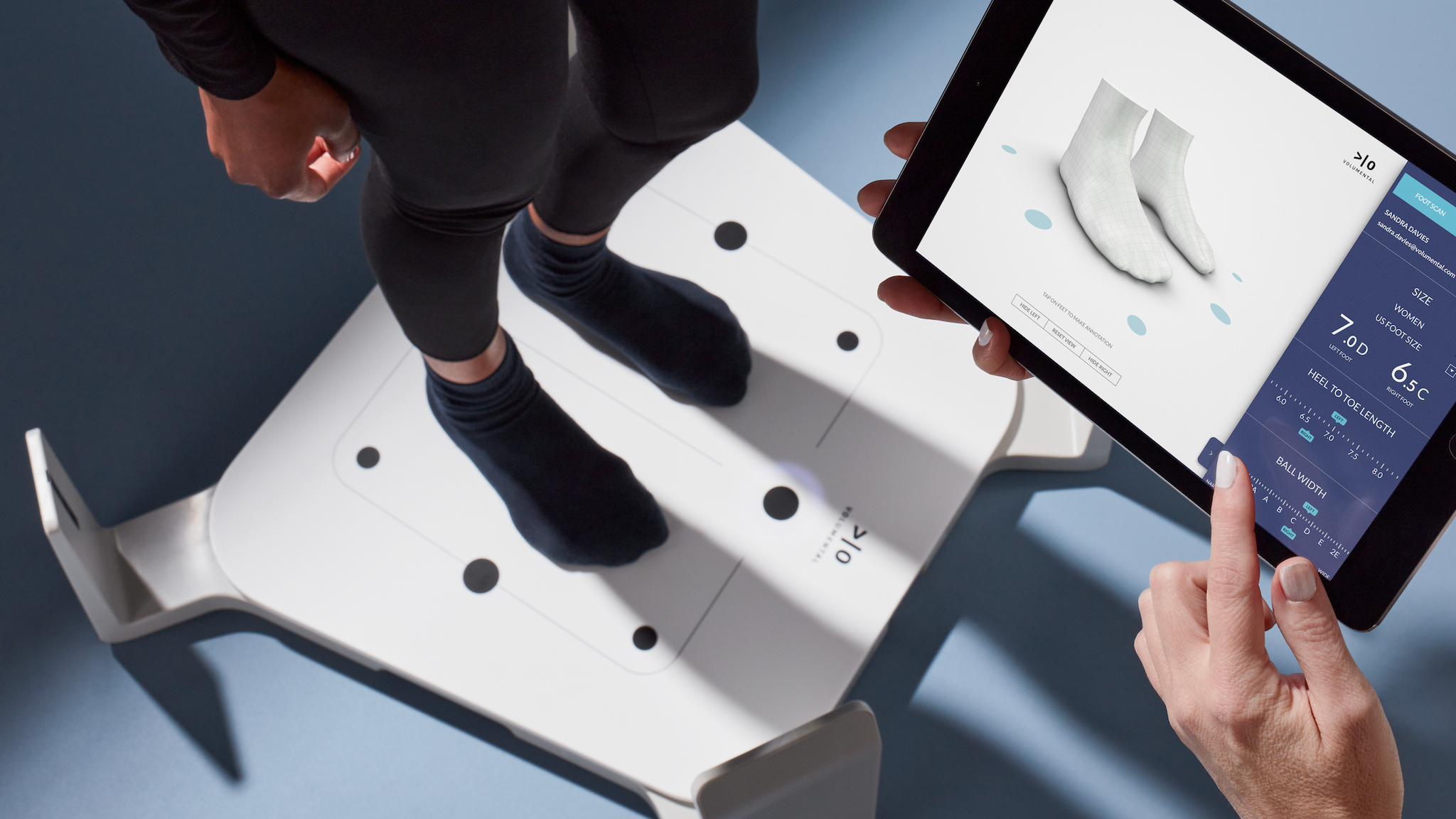As this rocky economic year draws to a close, retailers everywhere are looking to improve their margins - and nothing hits the bottom line quite like product returns. Several large brands have recently formed return reduction committees, and everything from banning repeat offenders to axing free returns is up for discussion. For footwear retailers, what started years ago as a headache now has the potential to become a full-blown migraine - and one that will dominate their agenda in the year to come.
How It All Started
Of course, the surge in footwear returns didn't happen overnight. It's the result of a slow evolution; in part a byproduct of the shift to online shopping where customers can't try before they buy. The reduction of this tactile experience has undoubtedly led to higher returns, mainly due to sizing issues and the popular bracketing approach (buying multiple sizes, returning those that don’t fit). Throw in the convenience of free returns, and customers are left with a safety net for when their footwear choices don't quite hit the mark. Uncertainty has been incentivized, albeit unintentionally. And if those problems seem limited to ecommerce, consider that inconsistent footwear size charts are causing havoc even for in-store footwear purchases.
Looking ahead, the current trajectory of product returns spells big trouble for footwear retailers facing tougher economic times. The financial strain, the environmental toll, and the operational inefficiencies demand a more strategic and proactive response. Retailers need to get to the heart of the matter: the unpredictability of footwear fit, and the growing gap between customer expectations and product realities.
Where We Go From Here
Given the cost to retailers, it’s perhaps no surprise that some adopt preventive measures like blocking shoppers with high rates of return and removing free return policies. But these are ultimately punitive moves, which change a status quo with which consumers were happy but retailers weren’t. While it might drive down returns to some degree, it won’t fix the fundamental problem of fit, and it will likely worsen the reputation of those retailers in the eyes of their customers.
To properly bridge the expectation-reality gap, retailers need to convince customers that they recognize the challenge of fit and have dedicated resources and energy to solving it. They should create shopping experiences that are personalized, data-driven, and geared towards matching the right feet to the right shoes - not just selling any pair of shoes at all.
Fundamentally they need to transform the relationship between footwear retailers and their customers, matching the move to personalization that we’ve seen in virtually every other industry. Here are three strategies that footwear retailers should consider if they want to reduce returns in 2024:
1. Educate Your Customers
Retailers that empower their customers with better product information stand to reap the benefits. Customers have more options than ever before, which also makes them more picky: if your competitor lists accurate sizing, material, and sustainability information on the product page, why wouldn’t you? The more that you educate your customers, the more you reduce the risk that they choose a product that doesn’t satisfy them.
2. Anticipate Their Needs
How well do you know your customers? What do they really want? Go beyond a hunch and embrace a data-driven approach. Find ways to collect data, not just on your website, but at point-of-sale in your physical stores. Learn about your customers and use that information to delight them.
3. Exceed Their Expectations
Don’t put all the responsibility for finding the right product on the shoulders of your customers: they’re stressed, hurried, and confused. Instead, make their lives simple: show them the shoes they want, in the size that will fit them, and earn their repeat business.
There are different tools that will help retailers implement each of these three strategies. One that will help them deploy all three at once is the Volumental suite of FitTech® solutions.
Making Fit Work For You

Volumental is the world’s leading provider of fitting technology, and works with brands like New Balance, Red Wing, ECCO, Fleet Feet, and many more. The Volumental in-store scanner captures highly accurate foot size data in a matter of seconds, and the AI-powered Fit Engine® matches the shopper’s feet to customer purchase data to find the best-fitting shoe for their feet. By providing data-backed product recommendations, Volumental’s in-store scanner reduces product returns by an average of 18%, while simultaneously increasing sales by 20%.
At Volumental we believe that great fit is the competitive advantage for truly forward-thinking retailers - and with our products deployed in over 3000 stores in more 55 countries, it seems that retailers agree.
.jpg?width=1920&name=Volumental_1794%20(1).jpg)